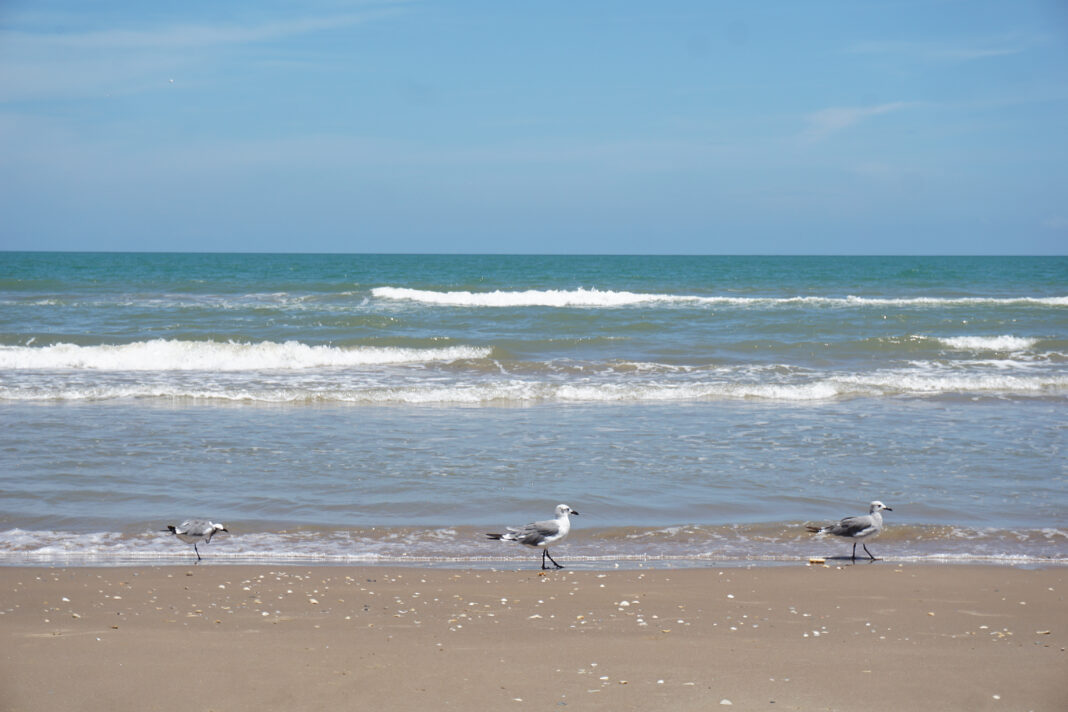The National Oceanic and Atmospheric Administration has revised its 2021 Atlantic hurricane season forecast and warns of the possibility that the rest of the season could have more storms than average.
With the peak months of the hurricane season now here, NOAA predicts the season could end with 15 to 21 named storms, 7 to 10 hurricanes and 3 to 5 major hurricanes.
In May, NOAA had predicted there could be 13 to 20 named storms, 6 to 10 hurricanes and 3 to 5 major hurricanes.
The peak months of the hurricane season are August through early October.
Although the Saharan dust from Africa has been present over the last month and has lowered the development of hurricanes in the Atlantic, officials anticipate these conditions could soon change.
“A mix of competing oceanic and atmospheric conditions generally favor above-average activity for the remainder of the Atlantic hurricane season, including the potential return of La Nina in the months ahead,” said Matthew Rosencrans, lead seasonal hurricane forecaster at NOAA’s Climate Prediction Center.
Rosencrans said La Nina seems to be weakening, “which favors more and stronger Atlantic storms.”
“While the tropics have been relatively slow over the past few weeks, NOAA forecasters do anticipate a busy hurricane season ahead and now is the time to be vigilant about your preparedness plans and potential actions,” Rosencrans said.
NOAA says the updated outlook includes the five named storms that have formed so far.
The last hurricane to impact the Rio Grande Valley was Hurricane Hanna, which made landfall on July 25, 2020. Hurricane Hanna brought flooding to the Rio Grande Valley and spawned two tornadoes that hit the Brownsville area.
NOAA scientists predict that the likelihood of an above-normal 2021 Atlantic hurricane season is 65%. There is a 25% chance of a near-normal season and a 10% chance of a below-normal season.

“Now is the time for families and communities to ensure their preparations are in place,” said National Weather Service Director Louis W. Uccellini, Ph.D. “These storms can be devastating, so be prepared for all possible outcomes by staying tuned to the forecast and following safety information and possible evacuation notifications issued by emergency officials.”
The 2020 Atlantic hurricane season had 30 named storms, 14 hurricanes and seven major hurricanes.
The Atlantic hurricane season runs from June 1 through Nov. 30.





